
When a friend pointed out a job listing for Nike in the newspaper, John Shipman applied with no expectations. “I applied just for fun, really,” he recalls, as he was already in a steady and comfortable role as a space planner at a large bank in his native South Africa.
Defying his modesty, he advanced through the interviews and wound up overseeing Nike’s retail real estate in the country. That was in 2003; during the next few years, he met his wife, moved to be with her in the Netherlands, and left Nike. In 2010, he returned to the company to oversee its European real estate portfolio.
One of his first tasks was to organize Nike’s European showroom leases for compliance. At that point, each showroom had its own systems, so there were differences in style and policy; nine locations in Spain, for example, boasted nine different looks. Beyond that, some showrooms weren’t making the best presentation of the Nike brand. This became an opportunity to overhaul the entire formation.
Shipman and his team systematically examined each of the 65 European showrooms and cut that number to 39. From their survey, the team borrowed successful design elements and standardized the new look. Now, the showroom experience is stylish, modular, and uniform. A sense of subtlety and restraint has been key: the product, not the building, takes the spotlight.
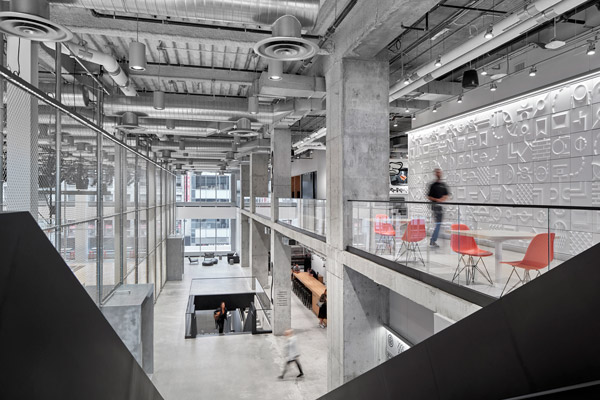
“Our color palette is very sedate, a lot of warm grays and off whites, so if you walk through the space without any product inside it’s actually quite dull,” he explains. “The moment you introduce the product, that’s where the energy and excitement comes from.”
Shipman relocated to Boston in 2014 to take over the Converse real estate portfolio. The move enabled him to integrate closely with two major relocation projects: the Nike headquarters in New York City and the Converse headquarters in Boston.
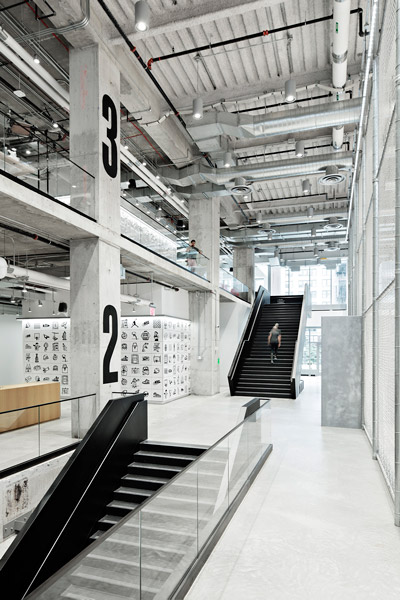
The Converse headquarters opened in 2015 in a long-neglected building in the northern end of the city. “It had been empty for a decade, and it was in poor shape. The mayor’s office helped make it easier to move to the city, and together, we brought the building back to life,” Shipman says. “We brought a lot of life and business back to this area, and saved an iconic building.” Located on Lovejoy Wharf, three-point distance from TD Garden, the facility now features a sleek, open interior but preserves the original building’s classic brick.
It was also a moment of rejuvenation for the brand, as Converse’s previous Boston-area facility was “deep in Suburbia,” rather far from the city center and the airport. “You’d think you were lost,” laughs Shipman. Both the location and the classic office-park design were a missed opportunity to present Converse’s start-up-like brand of youth, energy, and effortless cool. The Lovejoy Wharf headquarters expresses that style to both talent and consumers.
The New York facility was another opportunity to cultivate and celebrate the brand. Opened in the summer of 2017, it features event halls, museum-like galleries, and a high school-sized basketball court—all of which make Nike associates proud to welcome VIP guests from business, athletics, and entertainment. Shipman recalls one Instagram star’s tour of the facility, and muses that NBA players could warm up on the court with Madison Square Garden a short walk away.
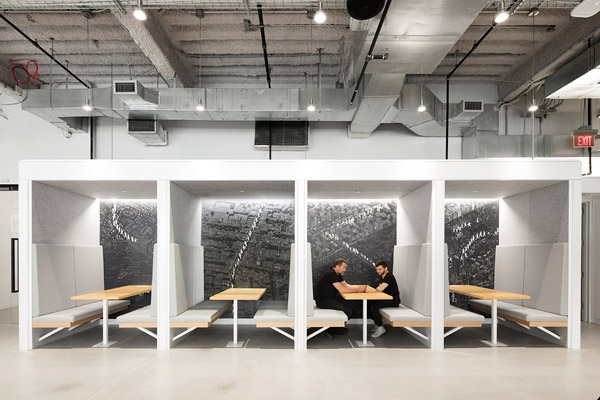
“Everybody warned me that building in New York could be tough. I was actually pleasantly surprised, I think because we had such good partners,” says Shipman. “We were thrilled with our selection of VVA Project Managers and Consultants as the project and cost management firm for this critical project. Because of their leadership and expert knowledge our project team was extremely successful and our New York headquarters was completed on-time and within budget. VVA acted as a true partner and was there every step of the way to support all of our goals and objectives.”
The challenges of the New York project were personal benchmarks for Shipman, as the facility was, at the time, Nike’s single biggest project in the world outside of its global headquarters in Oregon. He recalls that, as in Boston, he served as the fulcrum between the project team and Nike.
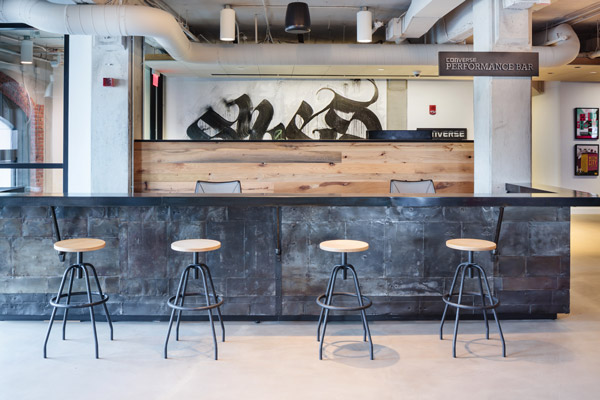
“It was a big lift, and we had to stitch together many different teams and partners,” he says. “But teamwork is what Nike does best. When the day came, it was done, and it worked, and it was brilliant.”
As for the working areas, Shipman and the design team have embraced the activity-based, freestyle design. Shipman’s team works in shared, activity-based space, and Nike is taking iterative steps to implement the philosophy site-wide. He has no office of his own, and never has. “I travel a lot,” he says, “so when I’m around I like to be with the team, engrossed in the group to keep those relationships flowing.”
As a leader, Shipman strives for inclusion, engagement, and flexibility. He builds and directs his team based on trust, which he says allows him to be more of a leader than a manager. Most of all, he aims to cultivate an inclusive environment. “I don’t like a hierarchical arrangement,” he explains. “We all have a common goal; as long as we’re all going to the same place, we’re going to treat each other equally and help each other get there.”
“I’ve never behaved differently between the receptionists and the directors,” he adds. “I try as hard as I can to be engaged with everybody at the same level.”
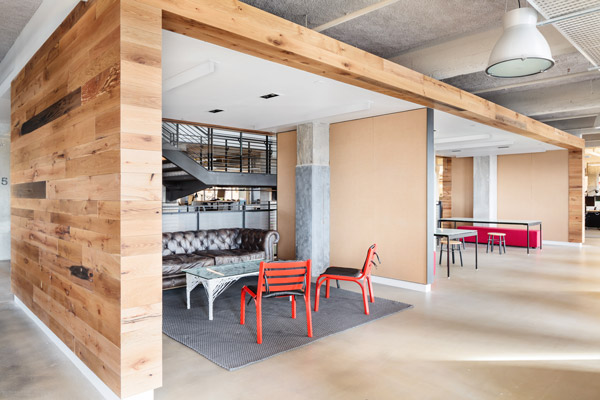
He’s serious about work/life balance, and his experience on two other continents has inspired him to be open and generous with his team. Where he can, he leverages tech to permit personal flexibility in the workplace—similar to the way in which flexible spaces promote innovation. As he begins his second decade at Nike, he aims to keep enabling that trust, creativity, and inclusion.
“From a leadership perspective, I’m trying to get the best out of everybody,” says Shipman, “not just for the company, but for them.”
Photos: Courtesy of Nike, Roberto Farren


